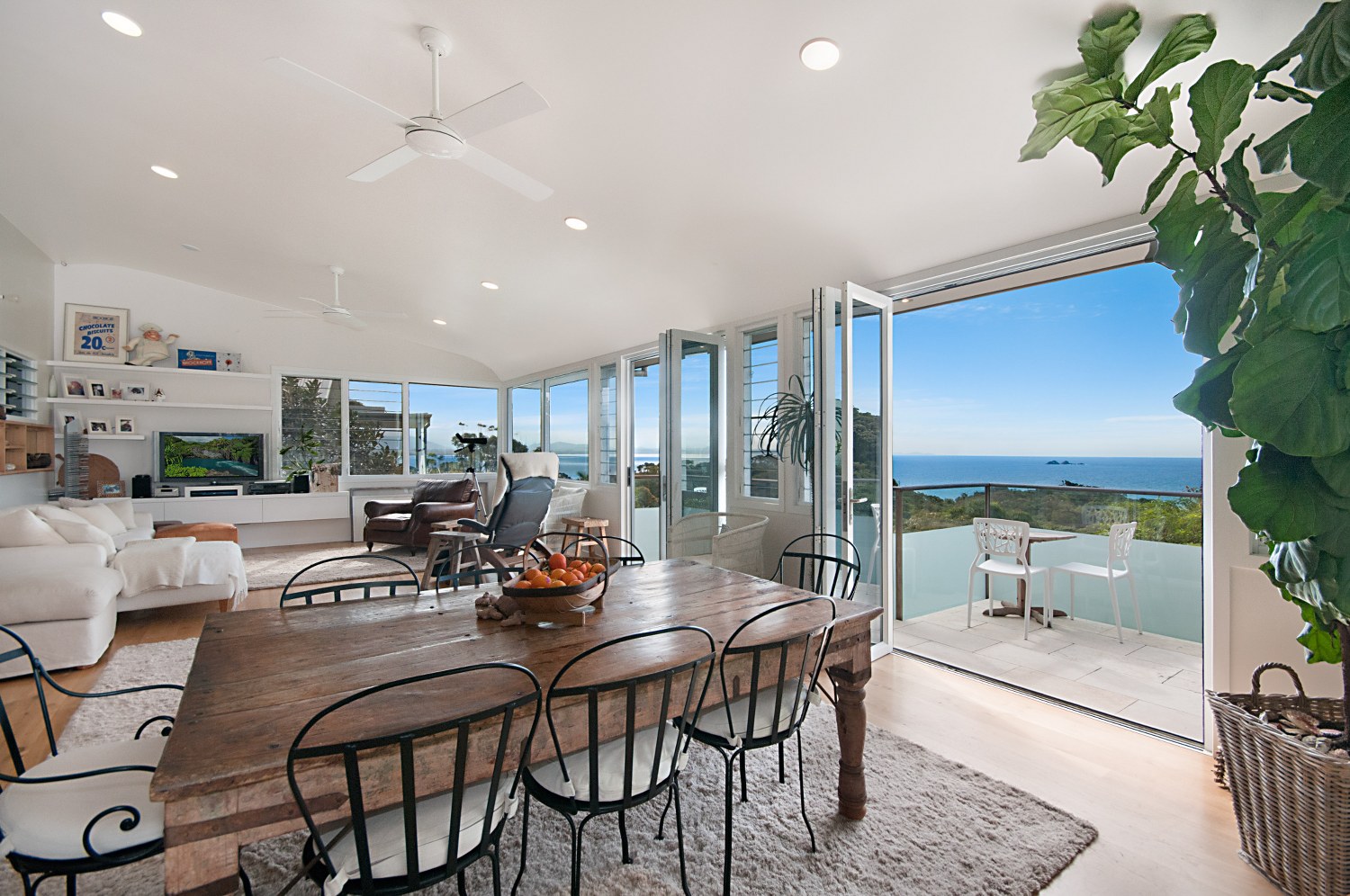Byron Bay steals Sydney's mantle as most expensive place to live
Contact
Byron Bay steals Sydney's mantle as most expensive place to live
Sydney has lost its mantle as having Australia’s most expensive median house price to a location that is home to just 34,000 people, according to Propertyology.
New research from property market research firm Propertyology has identified the top 40 most expensive cities by median house price, with Australia’s most populous city losing number one position to Byron Bay.
Propertyology Head of Research Simon Pressley said the nation’s most valuable real estate is located in a city that actually ranks just 73rd in population size.
“With a population of just 34,500 people and a median house price as at December 2018 of $987,500, Australia’s most expensive city is Byron Bay in Northern New South Wales,” he said.
“Byron’s median house price increased by a whopping 64 per cent over the past five calendar years, propelling it to the top of the national table.
“Sydney and Melbourne both produced a 44 per cent increase over the same five years to be $950,000 and $772,500, respectively.”
Mr Pressley said the price gap between Australia’s two largest cities and its most expensive one was likely to widen further given house prices in Byron Bay continue to rise while in Sydney and Melbourne they continue to fall.
"Melbourne didn’t even make the top five list for expensive major regions by median house price," he said.
“Ahead of Melbourne, in sixth place, are three other major regional locations: Kiama and Wingecarribee, both in New South Wales, as well as Victoria’s Surf Coast,” Mr Pressley said.
Rounding out the top 10 most expensive major locations were Wollongong, Noosa, Ballina and Canberra.
The data showed that seven of the 10 most expensive major locations in Australia are in regional areas.
178 Lighthouse Road, Byron Bay. As seen on Luxury List.
What has driven Byron’s property market?
Mr Pressley said Byron’s median house price has increased by an average of 10.1 per cent over the past 20 years – the highest rate of growth of any Australian city.
“It’s staggering that Byron has averaged double-digit growth every single year for two decades. I doubt whether there’s another city anywhere in the world that has done that,” he said.
According to Propertyology, the median house price in Byron Bay was just $140,000 in 1998.
Mr Pressley said that Byron’s number one position showed that size didn’t matter when it came to capital growth.
“Byron’s average annual population growth rate of 0.9 per cent is well below the 17-year national average of 1.5 per cent,” he said.
“Byron’s status is the ultimate proof that the size of a city’s total population or the annual rate of population growth are not the biggest drivers of property prices because, as I always say, there are a large number of factors which influence property markets.”
“In Byron’s case, housing demand is primarily driven by the affluent, middle-aged, Australian-born couple.
"Census data shows Byron’s median household age is 44 – compared to the national average of 38 – and there’s a below-average number of children per household as well.”
Mr Pressley said a higher percentage of households in Byron own their dwelling outright (36 per cent) than the national average (31 per cent).
"Its desirable location in Northern New South Wales also means that strong buyer demand pushes up prices, especially in recent years given many of its new residents reside in Byron while running businesses from their coffee tables or commuting to other capital cities," he said.
“Byron is only a two-hour drive up the highway to Brisbane or a one-hour flight to Sydney via Ballina, plus the Gold Coast international airport is also only an hour away."
Read more from Simon Pressley:
Footy preferences driving migration choices
Lessons for all to learn from Sydney’s property history
Why Australian real estate prices still rise during recessions






